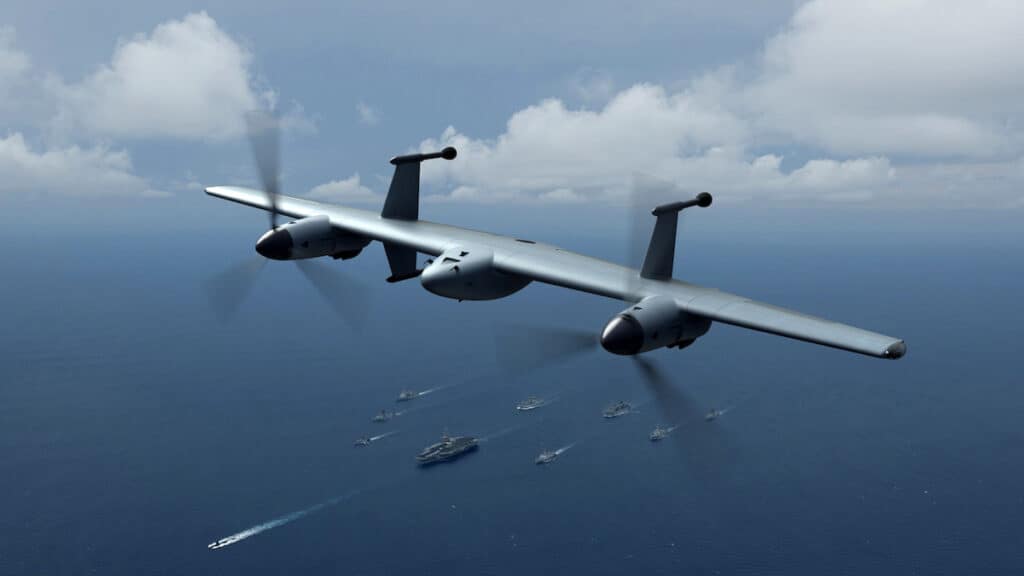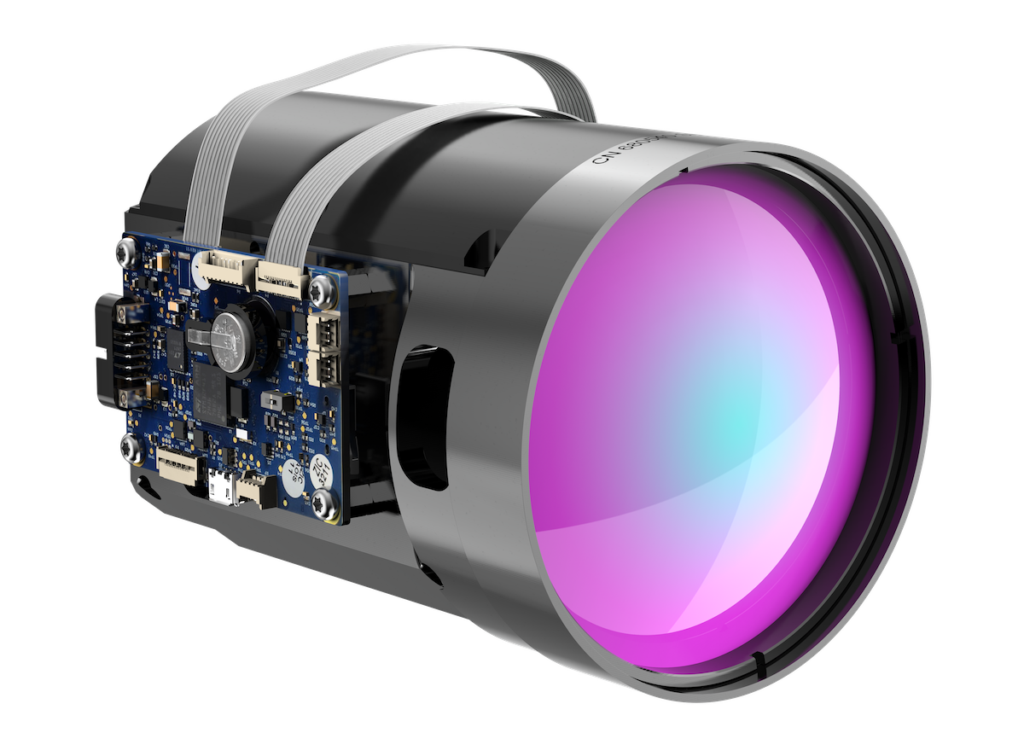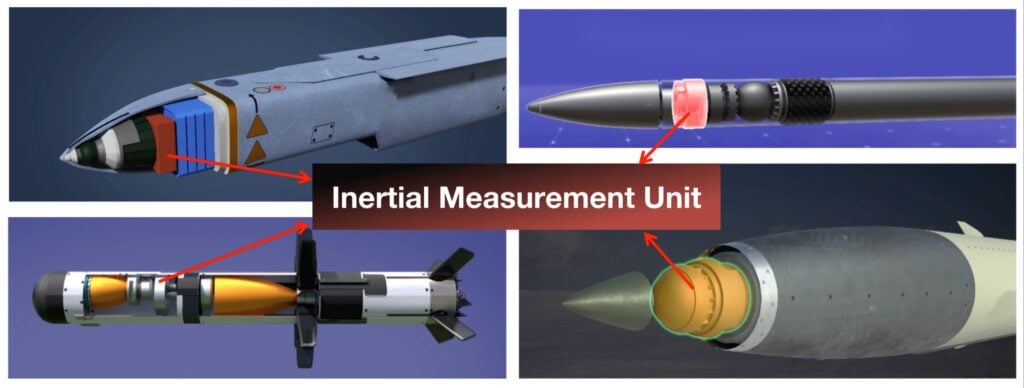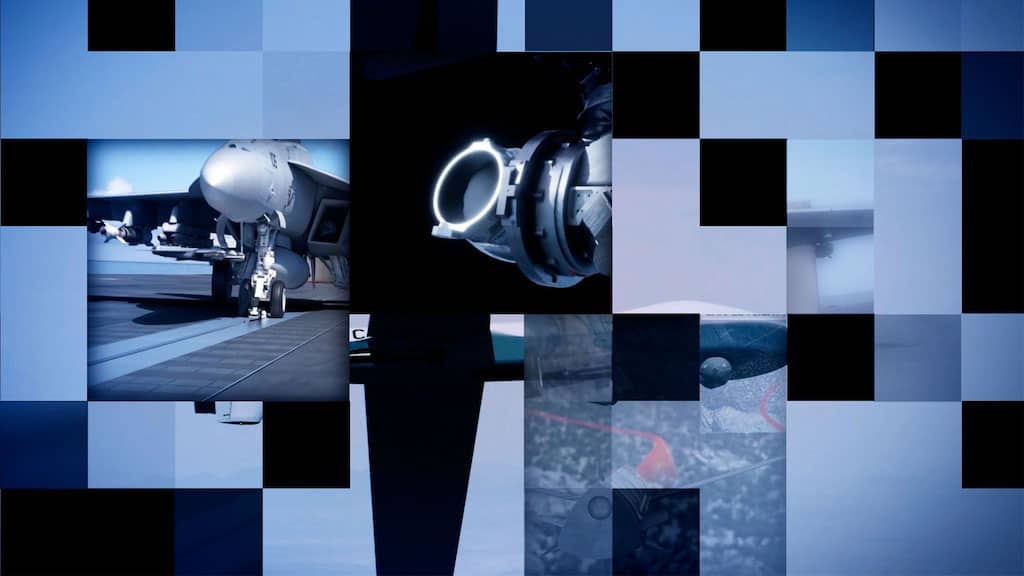
Fixed-Wing Drones
Discover cutting-edge solutions from leading global suppliers
Lockheed Martin company Sikorsky is carrying out flight tests to refine the control laws and aerodynamics of a novel vertical takeoff and landing uncrewed aerial system (VTOL / UAS).
The ongoing flight tests support the ANCILLARY initiative by the Defense Advanced Research Projects Agency (DARPA). This initiative seeks to develop a Class 3 UAS VTOL X-Plane that can operate in most weather conditions from ship decks and unprepared surfaces without infrastructure. Sikorsky is among several competitors down-selected to advance UAS conceptual designs into the next development phase.
For the flight tests now underway, Sikorsky is flying a proof-of-concept vehicle powered by a battery. If selected to produce an air vehicle for a future ANCILLARY phase, the company plans to build a 300-pound hybrid-electric version to include a 60-pound intelligence, surveillance, reconnaissance (ISR) payload.
Flight Testing
The flight tests aim to prove the efficiency and scalability of a twin proprotor ‘rotor blown wing’ configuration, designed to sit on its tail to take-off and land like a helicopter, and transition easily to horizontal forward flight. The configuration has been engineered for long-endurance missions, such as ISR and targeting.
The term ‘rotor blown wing’ refers to the constant airflow from the proprotor wash across the wing. Sikorsky chose the design to reduce drag on the wing in hover mode and when transitioning to forward flight, and to increase cruise efficiencies and endurance.
Igor Cherepinsky, director of rapid prototyping group Sikorsky Innovations, commented; “Flight tests are underway to verify our tail-sitting rotor blown wing UAS can launch and land vertically with high stability, and cruise efficiently on wing. Key enablers to flight maneuverability, and future vehicle scalability, are our MATRIX autonomy flight control system, and an articulated rotor system similar to those in traditional helicopters.”


























